Insider’s Guide to Portugal: A Year-Round European Escape
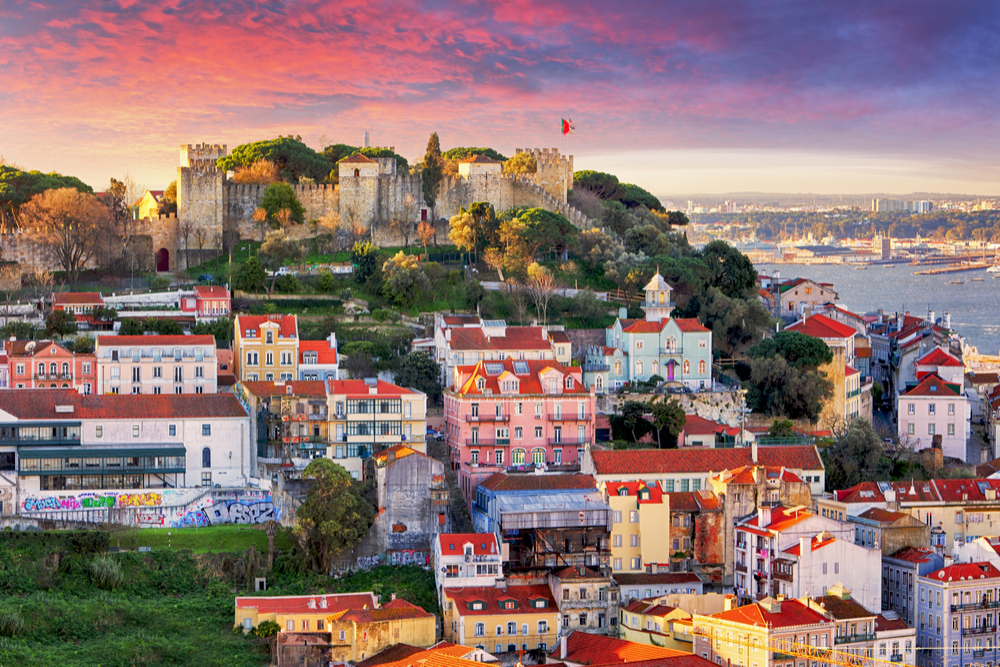 Portugal is a great-value destination, especially in spring and fall. Photo: Shutterstock
Portugal is a great-value destination, especially in spring and fall. Photo: Shutterstock
In some cases, Wendy has several trip-planning specialists she recommends for a destination and would like to connect with you directly to determine who would best meet your needs. This is one of those cases. Please click on the CONTACT button (below) to find out from Wendy which travel expert is best for your specific trip goals and challenges.

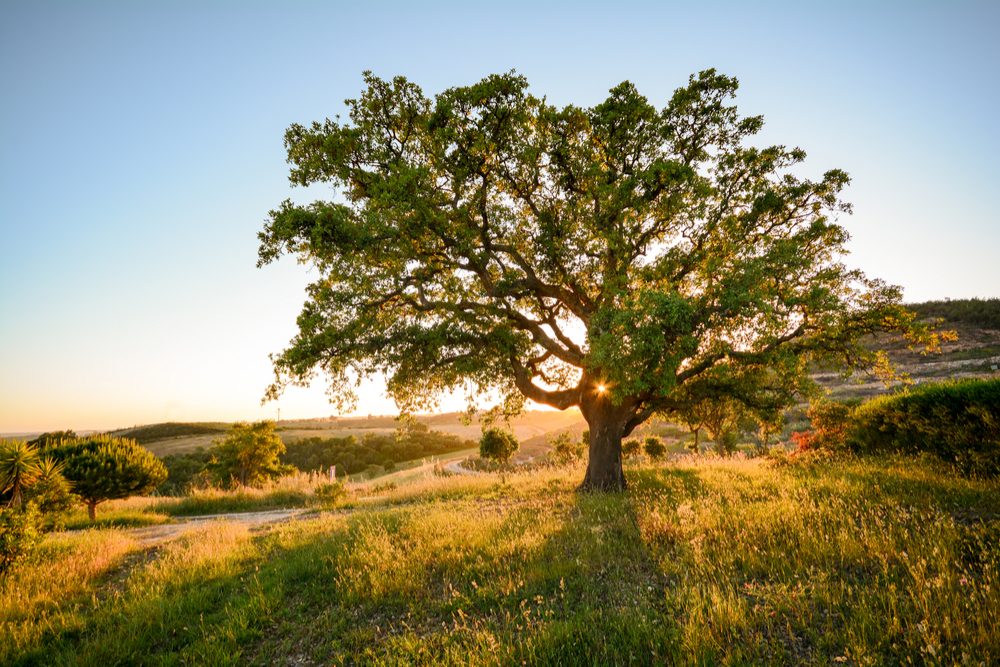
The rolling hills, cork oak trees, and villages of the Alentejo region have a special beauty. Photo: Shutterstock
Things to Do and See
Most underrated
The Alentejo region. The rolling hills, the cork oak trees, and the tiny little towns have almost a spiritual draw. A few top-quality hotels have recently appeared in the region, and the coastal area from Comporta south has already been discovered by the international crowd. But for now, away from the coast you’ll feel as if you have the place all to yourself, and the locals you do meet are incredibly welcoming. The peasant-style cuisine is simple but delicious. And then there are the wines: You can easily find an amazing bottle of red produced here for just 12 euros.
Most overrated
Multi-night river cruises through the Douro Valley. When you’re beholden to a river ship’s itinerary, you miss out on so much that makes the Douro special: the charming little towns to stop in for a coffee; the wineries where you end up staying for lunch and meeting the owners; and the manor houses-turned-hotels that display the essence of Portugal (many of the big river cruise lines’ ships plying the Douro came from other parts of the world). If you want to see the region from the water, it’s better to book an afternoon on a private yacht that will show you only the most beautiful parts of the river, avoiding the industrial parts, and can dock right at the piers of the wineries you want to visit.
The Pena Palace in Sintra. Its funky, 19th-century architecture may look enticing on Instagram, but unless you come in winter, you’ll end up waiting more than an hour just to get inside—only to be greeted by crowds that push you from one tiny room to the next.
Avoid the Benagil Caves in the Algarve at all costs. The Instagram hysteria has resulted in such overcrowding that the maritime authority has instituted a traffic monitoring system for cave visits. While kayaks are still allowed inside, their numbers are limited and they can only enter with a certified tour guide; boats are not permitted to land on the beach inside the cave. Swimming inside the cave has also been banned.
Island intel
Just a 90-minute flight from Lisbon, Madeira is easy to add on to a trip to mainland Portugal. The island combines virgin laurel forest, amazing hiking, great local gastronomy, and world-class hotels where you’re treated like royalty. If all you want is some beachside R&R, on the other hand, Porto Santo—the archipelago’s second-largest island—is the place for you.
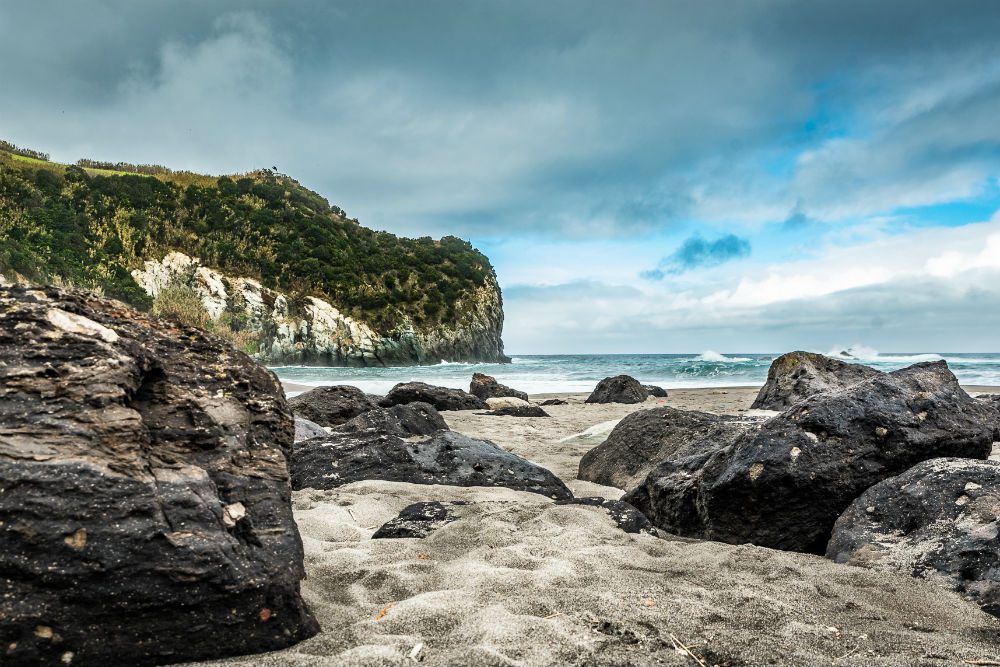
Remote and beautiful: This is Porto Formoso, on the Azores’ main island of São Miguel. Photo: VisitAzores.com
The Azores are much more remote. There are no ultra-luxe resorts or fully staffed villas, no 24-hour concierge service or sandy beaches with lounge chairs. But if it’s breathtaking natural beauty you are looking for, the Azores has it in spades. They are a place to visit for an active holiday—hiking, biking, whale-watching, and kayaking. For a slower-paced trip, stay just on the main island of São Miguel; if you prefer to see a bit more, base yourself on Faial and take day trips by ferry to Pico and São Jorge.
Hidden gems
The town of Marvão is located in the Alentejo, on top of a mountain overlooking the Spanish plains. Inside its ancient walls you’ll find narrow streets, a couple of restaurants—and a pleasant silence that you can’t often find in the modern world. The castle at the top of town is so high that one eighth-century poet described the view as looking down upon the backs of eagles. Make sure to check out the unusual cistern, which supplied water to the village when it was under siege.
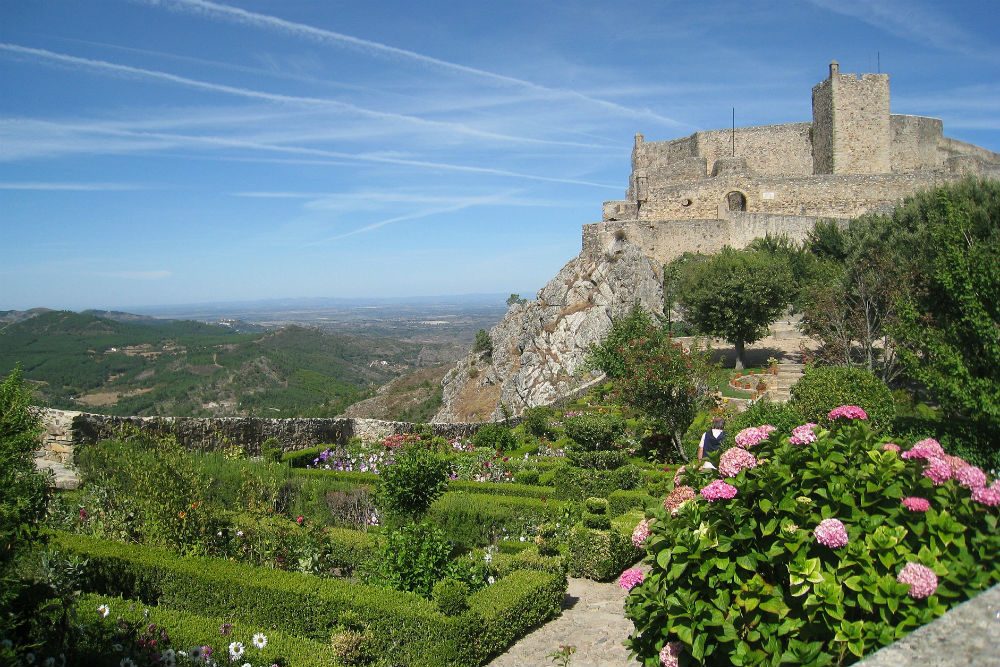
The town of Marvao, in the Alentejo, is a hidden gem. Photo: Pixabay
It doesn’t get any more local than a summer festival replete with parades, concerts, and pastries. For an authentic taste of Portuguese life, attend a festival in the north, near Viana do Castelo.
For a luxurious day trip out of Porto, hop on board a former presidential train to traverse the terraced vineyards of the Douro Valley, while enjoying impeccable service, gourmet meals, great wines, and port.
How to spend a lazy Sunday
Sunday brunch has become a trend in Portugal. One of the best is at the restaurant inside Lisbon’s Museum of the Oriente, which has an amazing view of the River Tejo. You won’t believe the huge spread of pastries, sandwiches, main courses, and drinks, all at a reasonable price. After brunch, visit the museum, which focuses on the relationship between Portugal and Asia during the 15th and 16th centuries.
Bragging rights
Fado music represents a classic aspect of Portuguese culture, and no trip is complete without experiencing the fado guitar accompanied by the soaring melancholy of a solo vocalist. Most travelers go to fado restaurants—and have an inauthentic experience catered to tourists. Instead, we know Portugal specialists who will point you to under-the-radar local fado spots that few, if any, other tourists will ever find, and who can even arrange a private concert.
Cheap thrills
Stargazing at the Alqueva Lake Observatory, near Monsaraz. The combination of limited light pollution and ideal atmospheric conditions makes for spectacular nighttime views. A group tour at the observatory includes a brief introduction to the cosmos, followed by a walk to a clearing in the olive and cork groves where you can admire the stars and the Milky Way with a telescope—or even just the naked eye.
Porto’s Palácio da Bolsa has huge lines in high season. For the cost of a private guide plus a small fee to the palace, you can visit this amazing icon of Portuguese history after-hours, with no one else inside. It’s a really special feeling to have the guard turn the lights on as you enter each room, revealing the palace’s impressive interior. The building was once the headquarters of a commercial association, where wealthy entrepreneurs of the time would discuss business matters and host extravagant receptions.
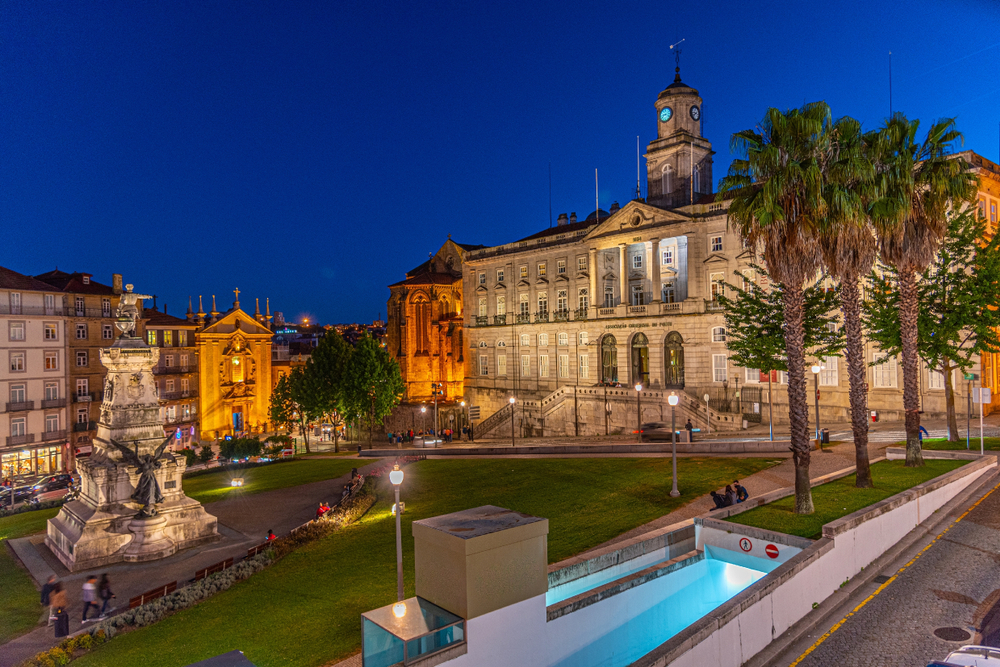
For a small fee, you can have the Palácio da Bolsa to yourself. Photo: Shutterstock
Where to Stay and What to Eat
Best bang-for-your-buck hotels
The Vagar Countryhouse, located between the Alentejo region and the Douro Valley in the town of Belmonte, is a small mountain property. For under 200 euros you can enjoy a suite with mountain views and a delicious breakfast. Wind down in the infinity pool, spa, hiking on mountain trails, or at afternoon tea, and you’ll remember why you came on holiday.
Near Viano do Castello, Paco de Vitorino, a 200-year-old manor house, is perfect for families and travelers seeking a local, authentic experience without breaking the bank. The family who owns the property lives on site and operates this small gem.
Best-value splurge hotel
In Altentejo near Monsaraz, the Sao Lourenco do Barrocal estate is a completely refurbished farmhouse that rivals the Six Senses in the Douro Valley. You won’t find white gloves or chandeliers, but you will enjoy understated luxury, biking, local vineyards, horseback riding, sunset picnics, barbecues, wine and olive oil tasting, and stargazing with a local astronomer within the Dark Sky Alqueva Reserve.
Restaurants the locals love
In Lisbon: Old-school Solar dos Presuntos (“Manor House of the Smoked Ham”), a local staple for 50 years, specializes in cuisine from the Minho region in the northwest of Portugal, on the border with Spain. Don’t miss the fresh seafood and superb wine list. At lively Grancinha, in Solar’s garden, you will find a gigantic mural created by renowned street artist Vhils to honor the owners of Solar for their many years of devotion to the Lisbon food scene. Grancinha, while faithful to the legacy of Solar, is more relaxed, serving up Portuguese soul food and music, including fado nights.
In Porto: Solar Moinho de Vento (“Manor House of the Windmill”) offers authentic Portuguese food and excellent service in a charming, wood-beamed dining room. The owner is still in the kitchen cooking local specialities and preserving traditional recipes.
Dishes to try
By the coast, try the arroz de marisco, shellfish and rice cooked in a tomato sauce. O Velho e o Mar, in the old town of Sesimbra, serves a great version with the catch of the day.
In the Alentejo, try the açorda à alentejana (a soup with bread, coriander, codfish, and a poached egg). Restaurant O Pompilio, near Elvas, is the place for this. If you love meat, order the posta maronesa—a very tender beef that is only raised in the north of Portugal—at Muralhas da Sé in Viseu, right in front of the cathedral.
Meals worth the splurge
Belcanto and Alma, each with two Michelin stars, are across the street from each other and serve contemporary Portuguese cuisine in elegant surroundings. While dining at either doesn’t come cheap, you can sample impeccable cuisine for a fraction of what it would cost in other parts of the world.
Prime picnic spot
Tapada das Necessidades Park in Lisbon. It’s incredibly quiet, and hardly visited by tourists or even locals, but has a stunning view over the River Tejo.
Best Times to Go
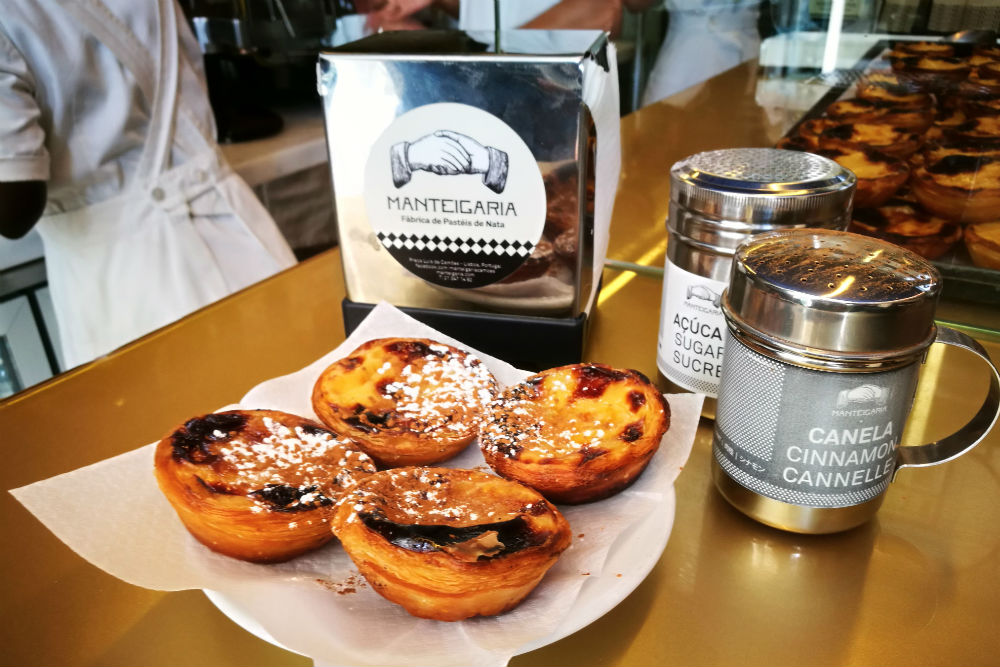
April, May, June, September, and October have the mildest weather, with hardly any rain. Go for the flower festival in Funchal, Madeira, every April; Lisbon’s celebration of St. Anthony the week of June 13, when people grill sardines and sausages in the streets and there’s live music all over town; Porto’s festivities for St. John on June 23; and the grape harvest in late September and early October, when the Douro Valley and Alentejo wine regions are abuzz and you can even take part in the picking and stomping of the grapes.
The best weather attracts huge crowds, however, so you may want to visit Portugal from November through March—and prepare for some rain in the mix. Do not visit the Azores during this period, though, as flights there are often affected by wind and rain.
During Christmas week, you’ll find lots of little markets and sinful pastries everywhere, but also likely a bit of rain.
Worst Times to Go
Avoid July and August along the coast, when it’s hot, crowded, and way overpriced.
January and February bring cold temperatures and rain.
Biggest Rookie Mistake
Trying to pack all of Portugal into ten days. It’s not a big place, and the highways are excellent, but it can take an hour to cover ten miles on winding country roads. To properly understand Portugal, give yourself the time to linger around a table at lunch for two hours as the locals do, enjoying good food and excellent wine.
Can't-Miss Photo Op
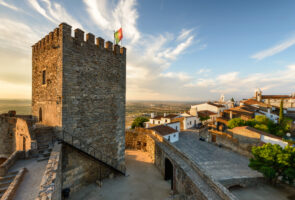
If one picture could summarize Portugal, it just might be the shot you can take from up in the castle of Monsaraz: the sun setting over the plains and cork-oak fields, with the whitewashed façades of houses leading to the Church of Nossa Senhora da Lagoa in the foreground.
Scams to Avoid
Stay away from taxi drivers with their meter is off; it’s the law to have them on. Likewise, avoid tuk tuk drivers in Lisbon. They often drive carelessly, dole out faulty tourist information, and charge you more than an Uber or taxi.
Women in Lisbon’s Belém quarter may approach you to “read the future” in your palm. Know that they will expect money for their service.
Stay away from spicy shellfish, which is often used to camouflage fish that isn’t fresh.
If a waiter suggests something that isn’t on the menu, confirm the price before you order it.
Don't Forget to Pack
Comfortable shoes. Cobbled streets and high heels do not love each other, and Portugal is full of the former.
Ties are never necessary, even in the fanciest restaurants.
Bring insect repellant, especially if headed to Comporta; those beautiful rice fields attract mosquitoes.
The Souvenirs

If you need gifts for friends and family, traditionally made Portuguese soaps smell wonderful and are very moderately priced.
A backpack made of burel, a pure wool from the Serra da Estrela mountains, first developed to keep shepherds dry and warm; it’s naturally water-resistant. Your bag will look different from anything you’d find at home, and you can use it in your daily life instead of just putting it on a shelf.
Stay away from the ubiquitous ceramic roosters, most of which were produced in China—and please don’t buy old tiles in the Feira da Ladra market: They were probably stolen from someone’s 18th-century facade the night before.
Must-Have Apps
ANA Portuguese Airports tracks all flights in and out of every airport in Portugal.
Knok sets up visits or Skype appointments within 30 minutes with local doctors (you can request one who speaks English). You pay a reasonable, flat rate and are invoiced afterward.
Airport Intel
If you need a taxi, flag one down at the departures area. The drivers in the arrivals area may have been waiting for two hours since their last fare and are more likely to take advantage of their next one.
Tipping Tip
Though many restaurants now allow you to add a tip to the final bill if you pay with a credit card, not all do, so always have cash with you. In a nice restaurant, tip 10%; for small charges in taxis and cafés, round up to the next euro.






